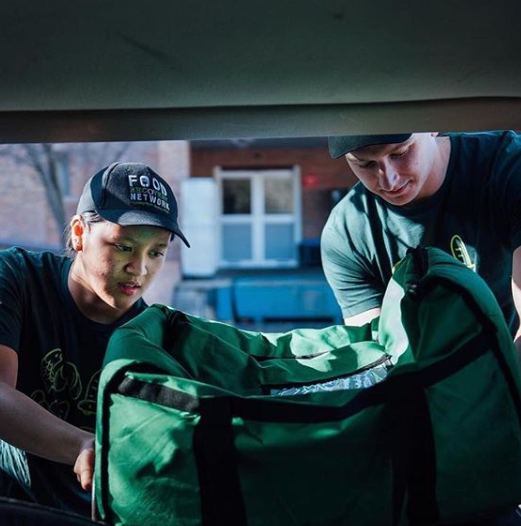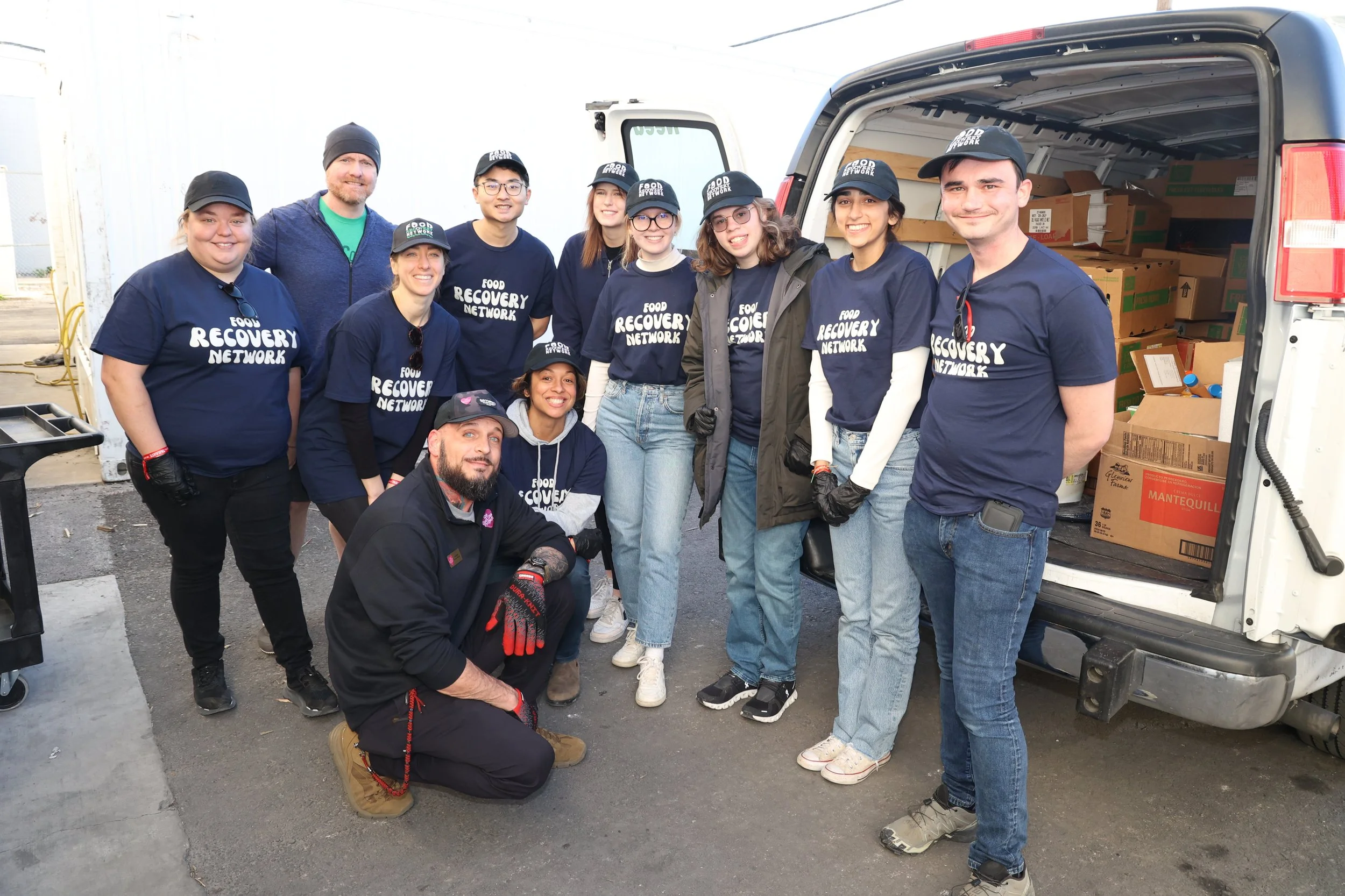Usually, summer at Food Recovery Network headquarters is a time to reflect on our efforts from the school year and develop innovations and improvements as to how we work with our chapters and other stakeholders across the country. Usually.
This year I’ve asked the team to do things a little differently. I’ve asked the team to consider what we have accomplished since our founding. We built a great organization, and now it is time to grow from start-up and incubation to a mature, sustainable organization. This is our opportunity to activate FRN in a way we never have before.
For us, this summer means to take a step back and see the bigger picture. To consider the moment we are in, the movement we are building, and to reflect on what has happened in our past. This is how we will springboard FRN into the future. A movement sustains itself with dedicated people who are willing to hold tight to a vision. For us, this is a coveted victory. For us, victory is higher education becoming the first sector where food waste is the norm, not the exception. That is in the distance. With all of your help, we will cross that finish line full of sustained momentum.
At the heart of our work, we need to make sure each chapter feels connected to one another, that they have the necessary resources, and that they feel part of the Food Recovery Network movement as times change, as their chapters evolve and the movement grows. This is how we’ll spend our summer.
The big questions we’re asking translate into work we are embarking on this summer:
- Our Regional Outreach Coordinators (ROCs) are joining FRN headquarters for a 3-day retreat to support them to be our first-ever ambassadors for FRN to deepen relationships with chapters in their regions and to outreach to new schools to join the movement.
- We’re evaluating our processes and making improvements. We’ve already identified ways to save our chapters time, improve their knowledge base, and further connect to our communities by asking better questions and analyzing data in new ways. We’ve surveyed our chapters and our hunger fighting partner agencies and cannot wait to share the results with you.
- FRN’s Board of Directors has expanded from six to ten people and is eager to jump into its work supporting the organization. Earlier this year, the board accepted six focus areas that will define the roadmap for FRN’s future. The Board of Directors will build on those to develop FRN’s 3-year strategic plan. I cannot wait to unveil that for everyone.
- FRN turns five this fall! We are busy planning a yearlong schedule of programming to showcase our efforts and accomplishments. In only five short years, FRN has proven that college students can be a leading voice in changing behavior. Where once no one talked about wasting good food, fast forward to today and students across the country are saying that we do not need to waste our food — we can reduce food waste at the source and in the process feed those in need. Again, we need your ideas and support! Be on the lookout for ways to connect with us! In particular, be on the lookout for our 5th anniversary itinerary of events and programming.
I look forward to working with all of you this summer and beyond as FRN takes a big leap forward to accelerate our impact across the country. A movement sustains itself with dedicated people who are willing to hold tight to a vision — a bright light — that is in the distance. With all of your help, we will get there that much faster where we can say definitively that higher education recovers its surplus food.
Thank you.






